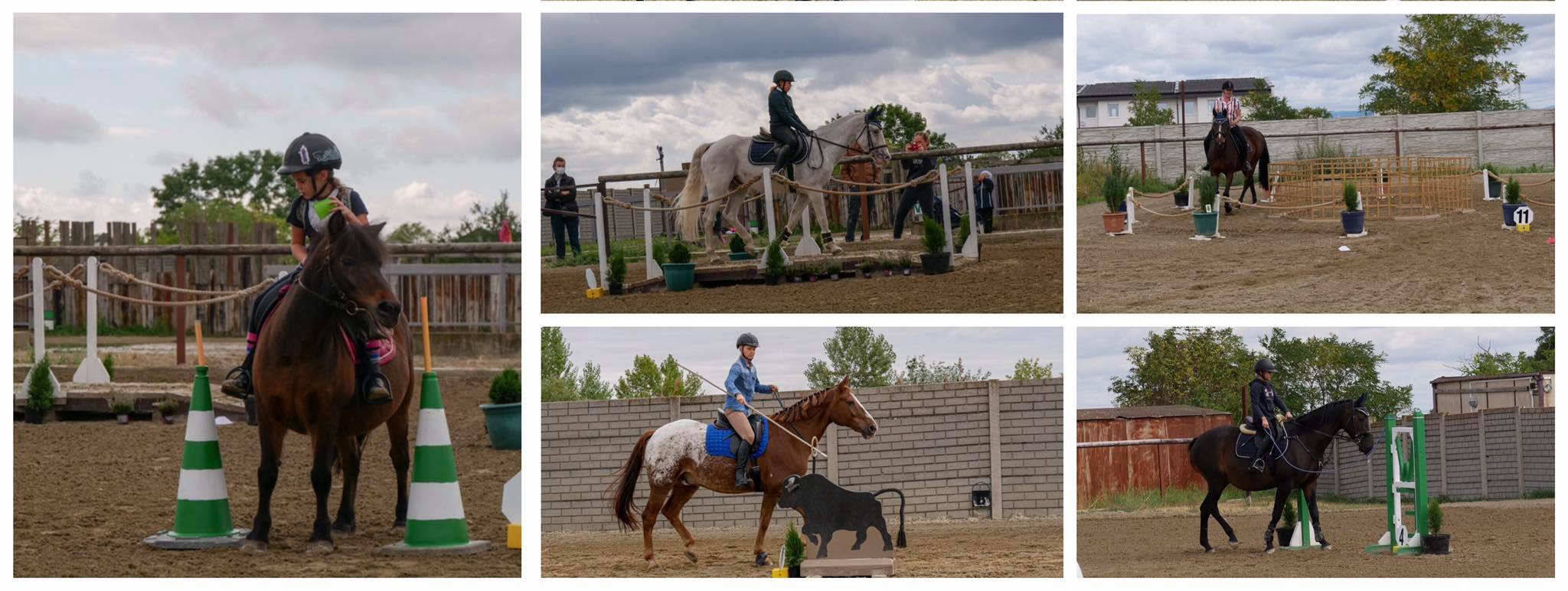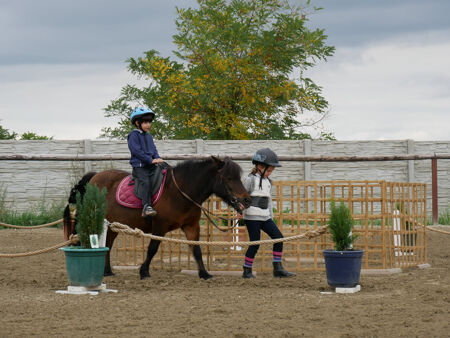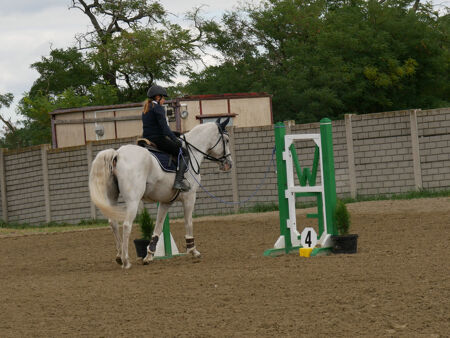

Working Team Stajňa Plameň Miloslavov
We are a group of enthusiasts who train and compete in a new equestrian discipline in Slovakia - Working Equitation. Our home club is JK Stable Plamen Miloslavov.
(automatic translation,
show original )
Working Team Stajňa Plameň Miloslavov
Contacts
Specializing in disciplines
working equitation
Conversation Possible in Languages
Slovak
English
Czech
Location
Jazerná 224,/10, 900 42 Miloslava, Slovakia
Slovakia
Offered services
Working Equitation combines dressage training with speed, agility and skill. This young equestrian discipline, which originated in the Southern European states, is gradually spreading all over the world, where it is finding fans and supporters. Working Equitation - as the name suggests, is based on the tradition of working horsemanship, where horses were mainly used for working on farms and working with cattle. High demands were placed on such a horse, it had to be reliable, fast and obedient. This is perhaps the most complex equestrian discipline, testing a horse's approachability, versatility, confidence and courage. Since in Working Equitation riders often used only one hand to control the horse, as the other hand was used to hold a lasso, open gates, for example.., also in Working Equitation the higher levels of difficulty (M,P classes) require leading the horse with only one hand.
(source Horsemanship for Everyone)
Each class has a designated dressage test of the appropriate level and a test of the horse's controllability. S, M and P classes also have a designated speed test. The Open class is for the general riding community, the National class is for SAWE members or other working organization members only.
Difficulty/grade levels:
Z Open - the basic course of the class is the trot. The horse is controlled with two hands.
Z National - designed for novice riders or young horses. The basic gait of the class is the trot. The horse is controlled with two hands.
S National - designed for advanced riders. The basic gait of the class is the canter. The horse is controlled with one or two hands.
M National and P National - designed for master riders. The basic gait of the class is the canter. The horse is controlled with one hand, the hands may not alternate.
Working Equitation is riding for beauty and precision, not speed. Control of the horse is essential for success.
(automatic translation,
show original )
Photos











Load more
Related pages

Ranch Amadeus s.r.o.
Slovakia
Professional hunter jumper western training/boarding and breeding facility specializing in amateurs and youth. Martin, Slovakia. 0905 345 939
www.ranchamadeus.com

Platan Horses
Slovakia
The complex is located in the locality of Malý háj and is 4 km west of Stupava (20 km from Bratislava).
It offers box stabling in beautiful brick stables.
Farmony Piatok
Slovakia
- riding school
- riding children
- basic riding training
- events, celebrations, children's parties
- horse stabling
Show all
Related links
Any questions or problems? Please get in touch:
Home Marketing Services Horse Breed Directory Equestrian catalog pricing
Terms and Conditions Business Terms Privacy Policy & GDPR Imprint 
© 2025 EquiRadar s.r.o.

